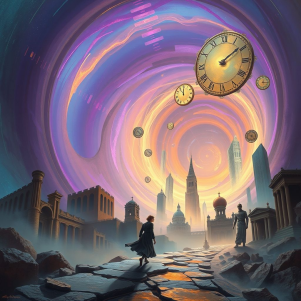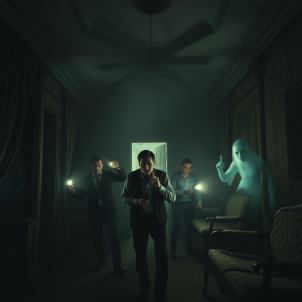
The Other Side: Communicating with the Dead Through Mediumship
Mediumship, the practice of communicating with the dead, has long been a topic of fascination and debate. For many, the idea of connecting with loved ones who have passed on is a comforting and intriguing concept. While some may view mediumship as a pseudoscience or a form of entertainment, others believe it to be a genuine means of bridging the gap between the living and the dead. In this article, we will delve into the world of mediumship, exploring its history, principles, and the experiences of those who claim to possess this unique ability.
A Brief History of Mediumship
The concept of mediumship dates back to ancient civilizations, where spiritual leaders and shamans would communicate with the spirits of the dead to seek guidance, wisdom, and healing. In the 19th century, the Spiritualist movement emerged in the United States and Europe, popularizing the idea of mediumship as a means of contacting the dead. The movement’s emphasis on communication with the spirit world led to the development of various forms of mediumship, including trance mediumship, channeling, and psychic reading.
Principles of Mediumship
Mediumship is based on the idea that the soul continues to exist after physical death, and that it is possible to communicate with these spirits through a medium. Mediums claim to possess a heightened sense of awareness, allowing them to tap into the energy of the spirit world and convey messages from the dead to the living. There are several types of mediumship, including:
* Trance mediumship: The medium enters a trance-like state, allowing the spirit to communicate through them.
* Channeling: The medium acts as a conduit for the spirit, conveying messages and information.
* Psychic reading: The medium uses their intuition and psychic abilities to connect with the spirit and provide guidance.
The Experience of Mediumship
For those who claim to possess mediumistic abilities, the experience can be both exhilarating and challenging. Mediums often report feeling a strong sense of energy or presence when communicating with the dead, which can manifest as sensations, visions, or auditory experiences. Some mediums describe the experience as a sense of “tuning in” to a different frequency, allowing them to access the spirit world.
Many people seek out the services of mediums in order to connect with loved ones who have passed on, seeking closure, comfort, and guidance. The experience can be highly emotional, as individuals seek to come to terms with their loss and find a sense of peace. Mediums often report that the spirits they communicate with are eager to provide reassurance, love, and support to those left behind.
Notable Mediums and Their Experiences
Several notable mediums have gained recognition for their abilities, including Sylvia Browne, John Edward, and Colin Fry. These individuals have written extensively on their experiences and have developed unique approaches to mediumship. For example, Sylvia Browne’s work focused on the concept of the “Other Side,” where she believed that the soul continues to evolve and grow after physical death.
Challenges and Controversies
Mediumship is not without its challenges and controversies. Many skeptics view mediumship as a form of entertainment or a means of exploiting the vulnerable. Others have raised concerns about the accuracy and reliability of mediumistic readings, citing the potential for cold reading and suggestion. Additionally, the lack of empirical evidence supporting the existence of an afterlife or the ability to communicate with the dead has led some to dismiss mediumship as a pseudoscience.
Conclusion
The phenomenon of mediumship remains a fascinating and complex topic, with many questions and controversies surrounding its validity and significance. While some may view mediumship as a means of exploiting the grieving or the vulnerable, others believe it to be a genuine means of connecting with the dead and finding comfort and guidance. As we continue to explore the mysteries of death and the afterlife, the practice of mediumship offers a unique perspective on the human experience, encouraging us to consider the possibility that there may be more to reality than what we can see and touch. Ultimately, whether or not one believes in the validity of mediumship, the experience of connecting with the dead through mediumship can be a powerful and transformative one, offering a sense of hope, comfort, and connection to those who have passed on.


